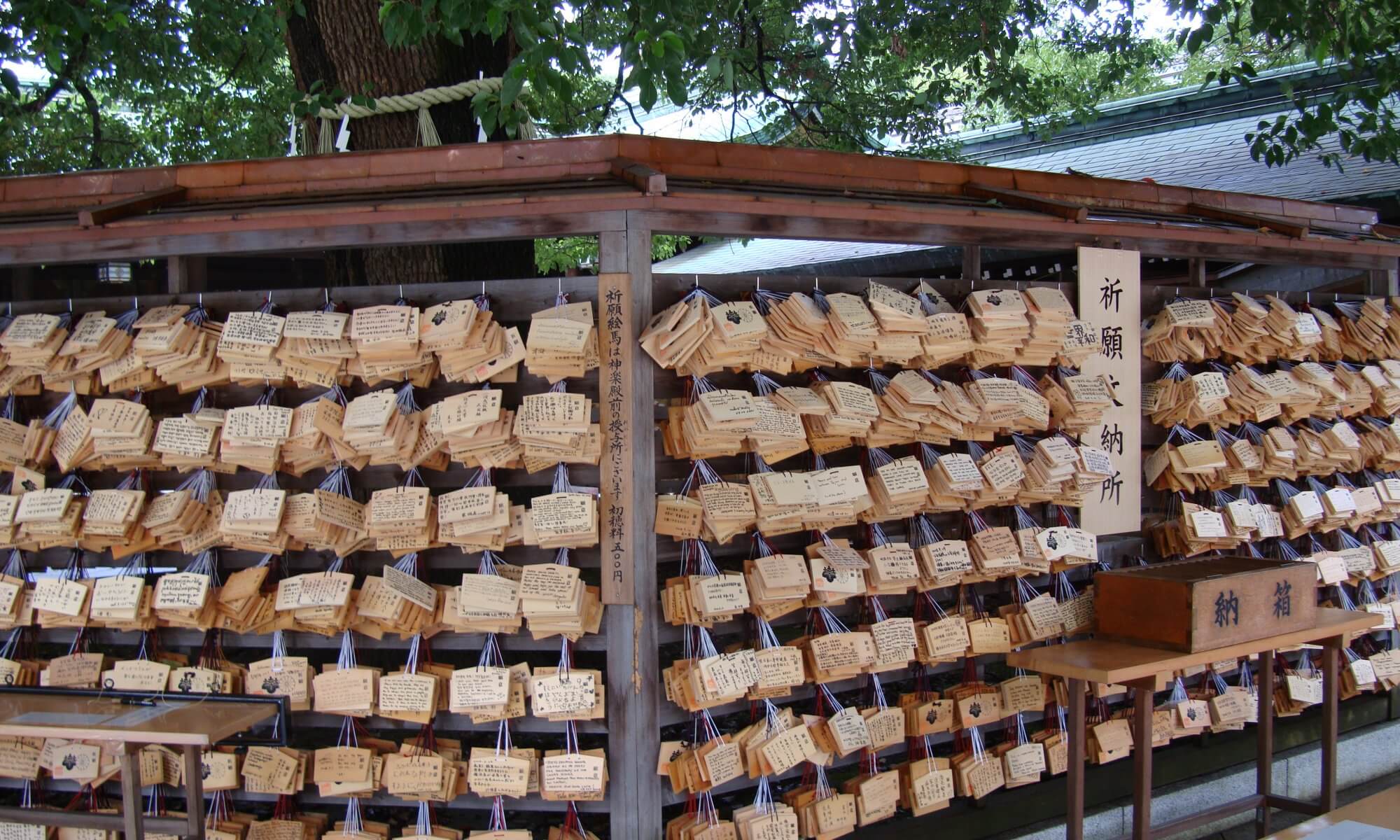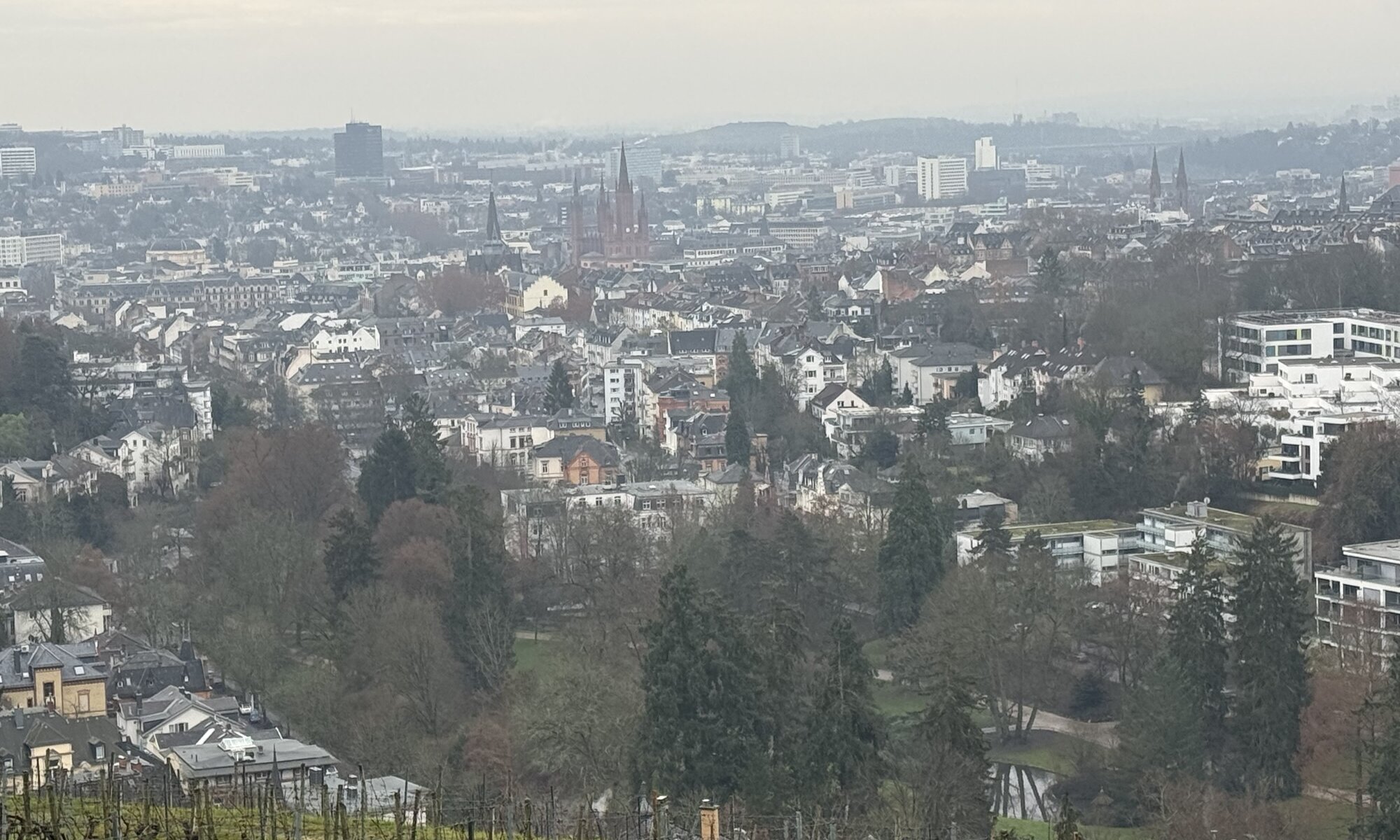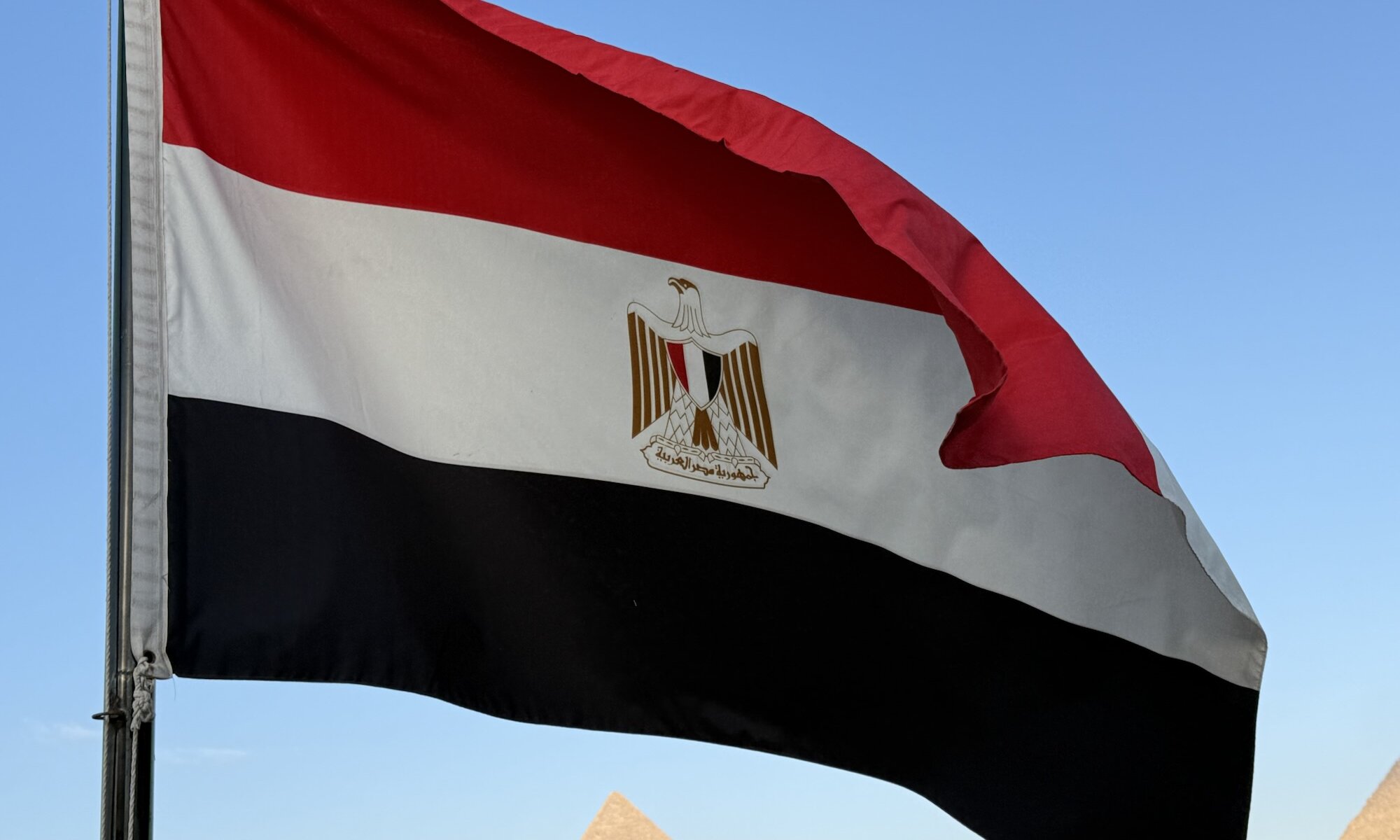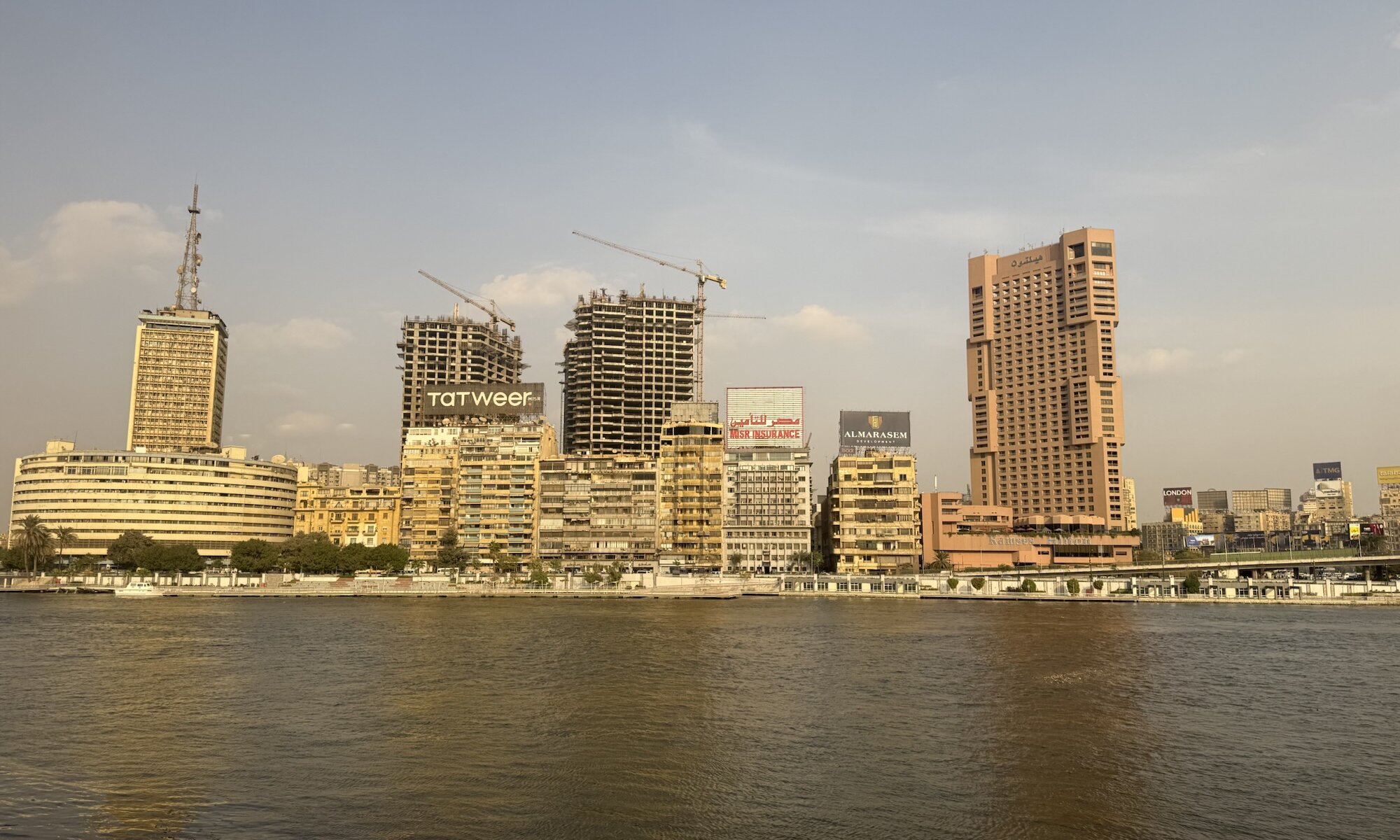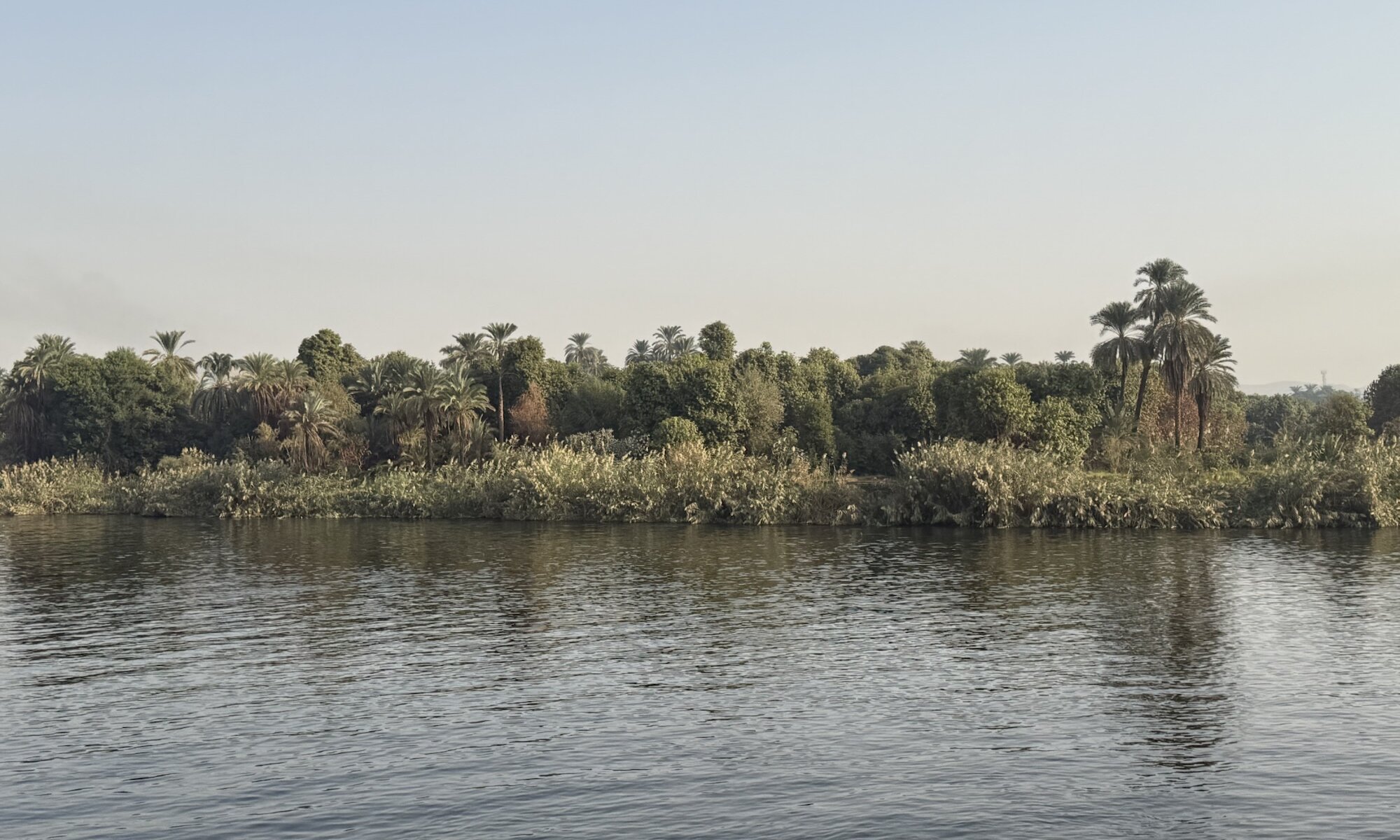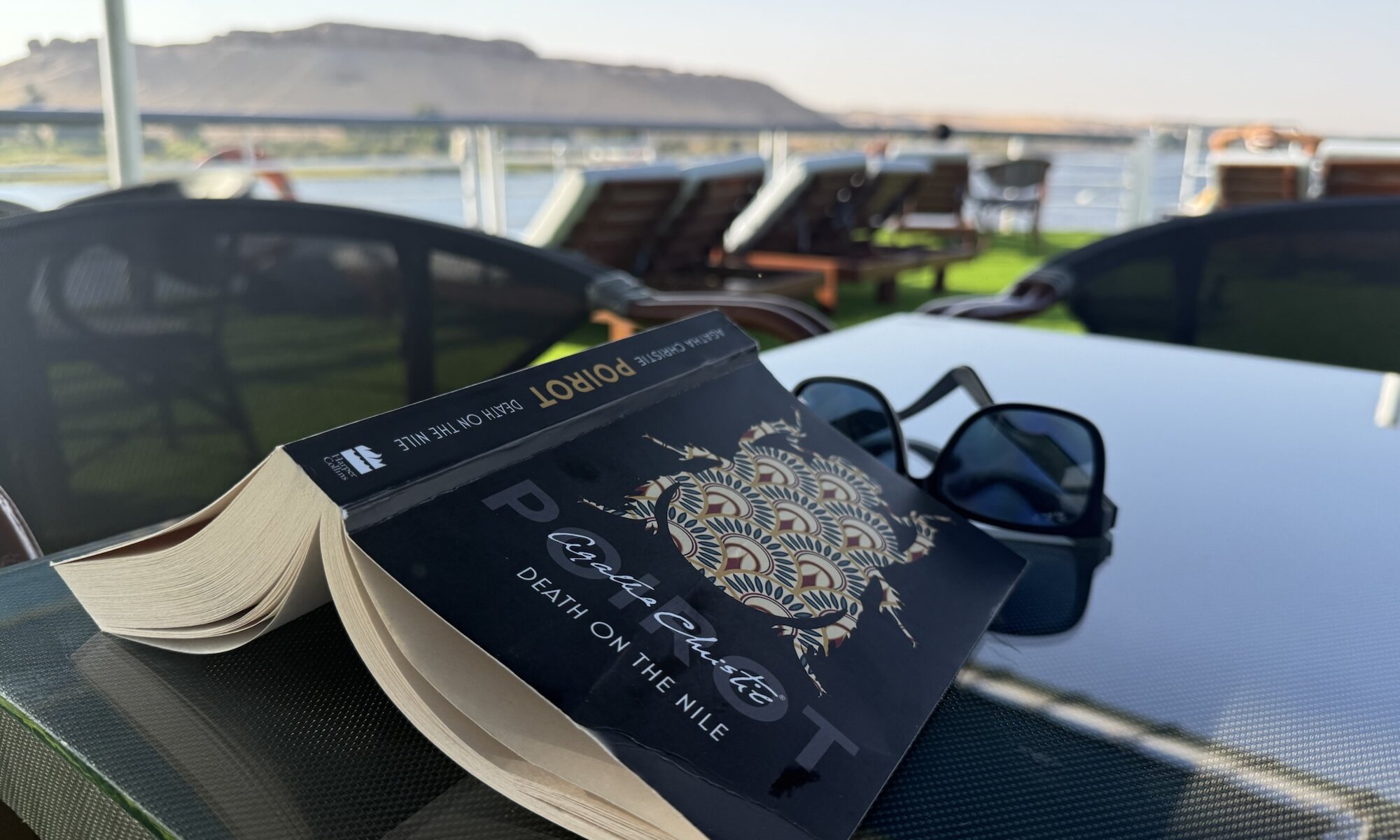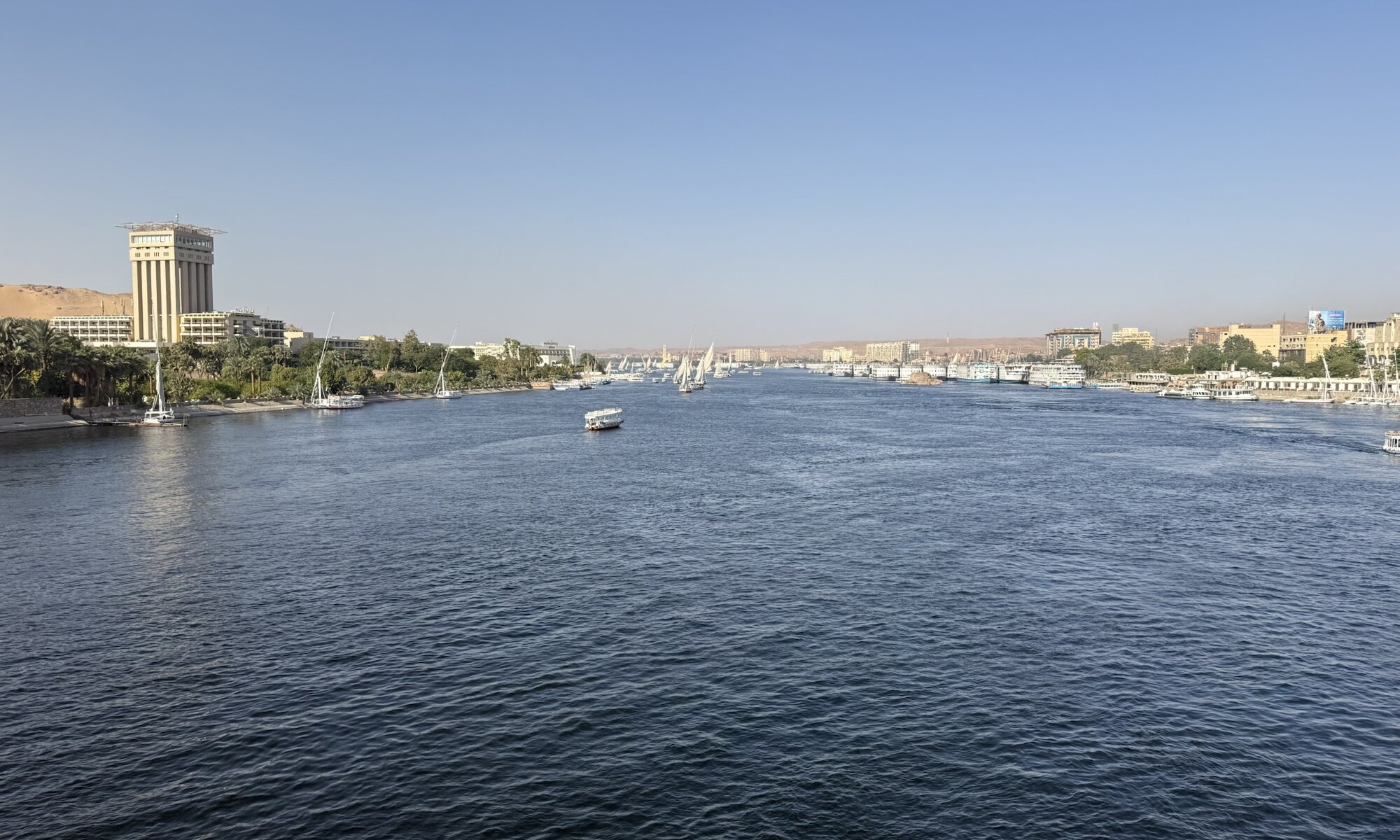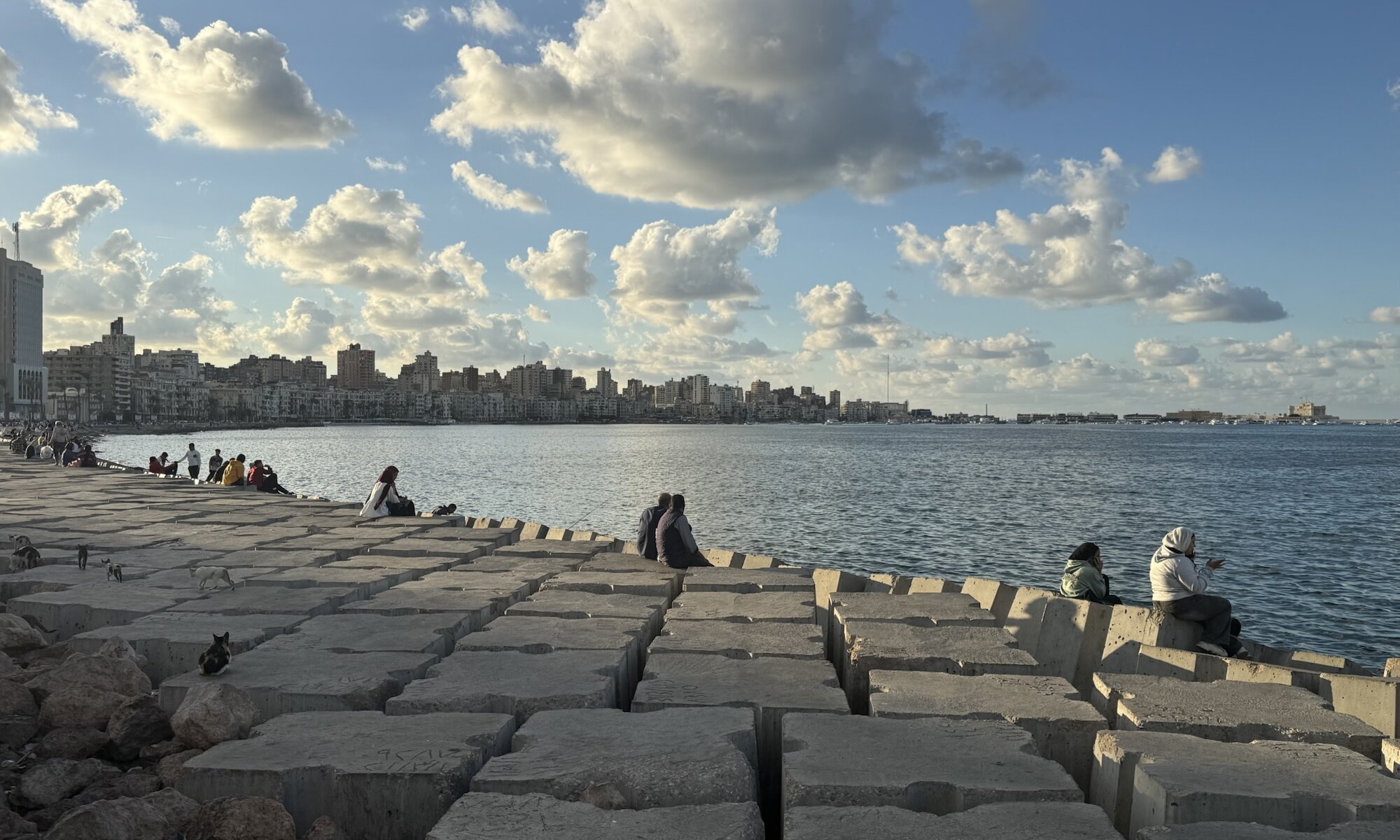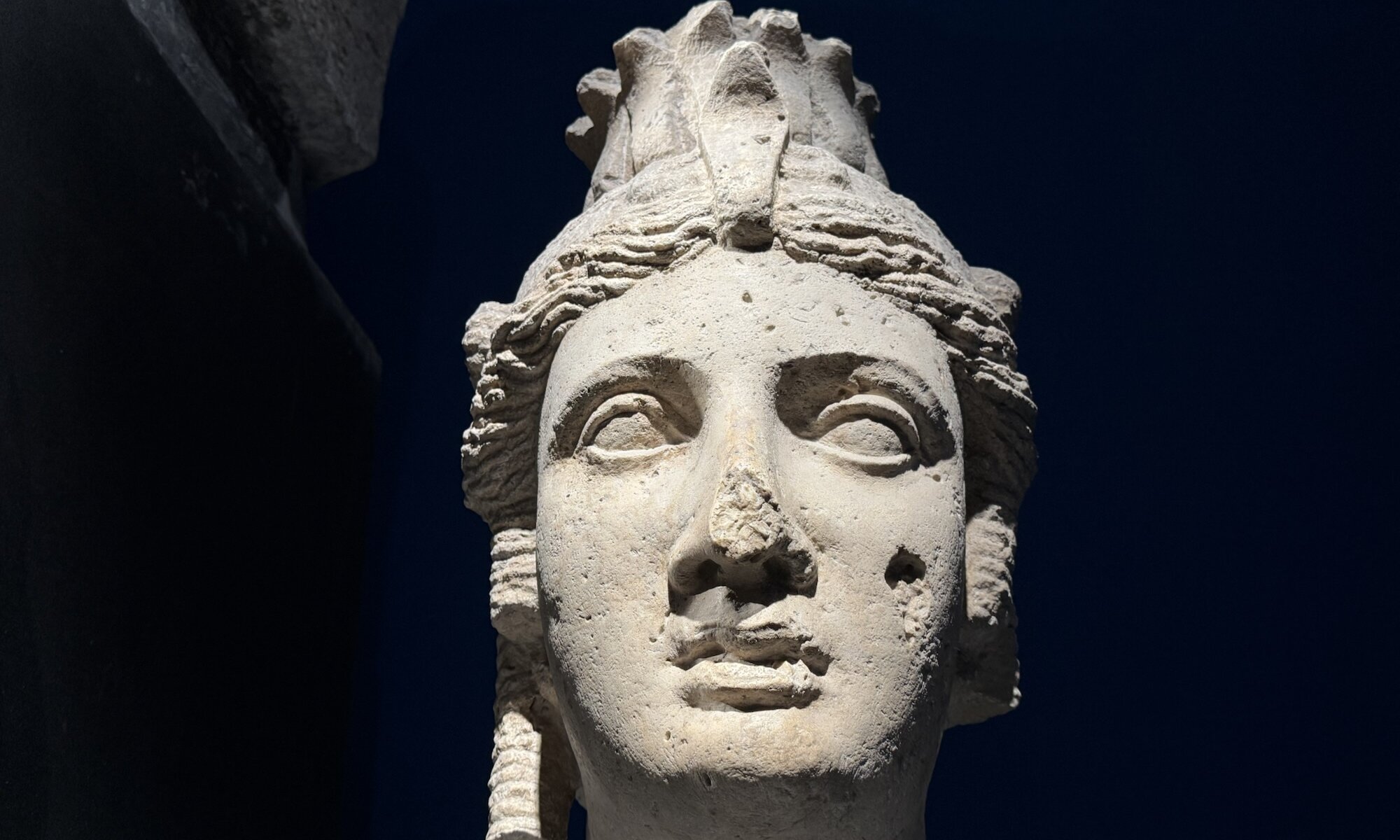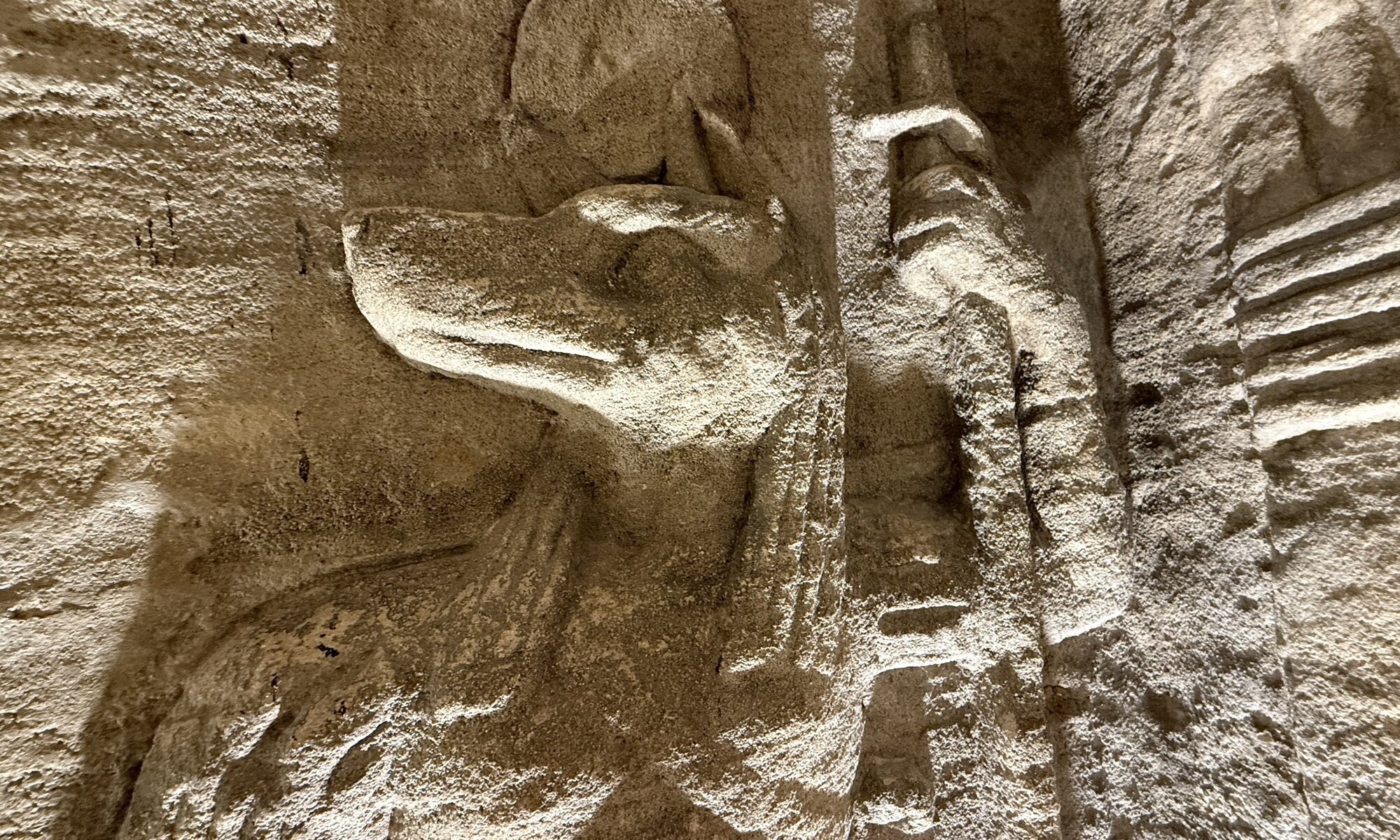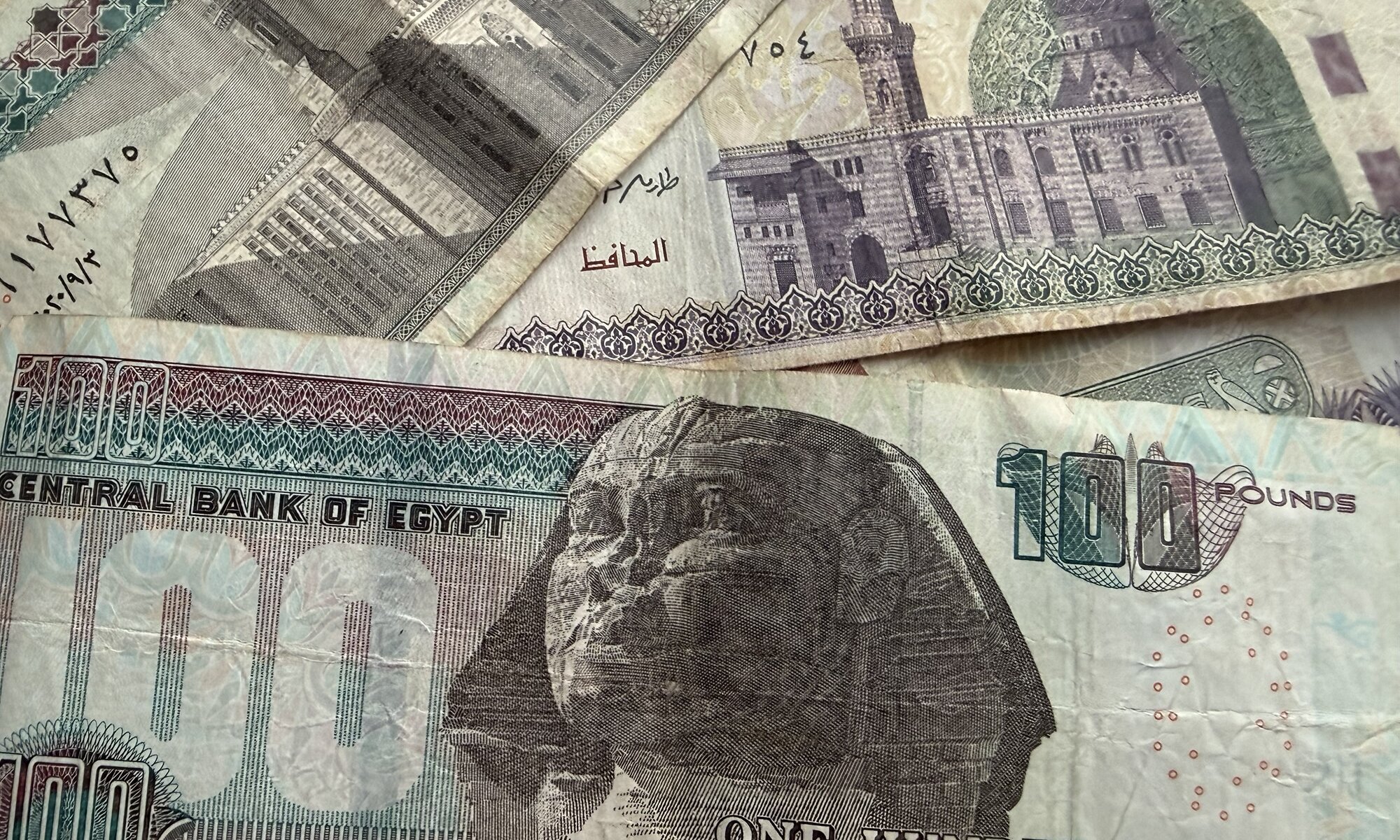Neroberg rises gently above Wiesbaden, offering one of those classic hillside viewpoints where city, river and forest seem to knit together in a single panorama. On a clear day the view stretches across the elegant Kurhaus quarter towards Mainz and the wider Rhein-Main region. The hill has long been treated as the city’s local ‘house mountain’, and even today the mix of woodland paths, vineyards and historic architecture gives it a distinctly cultivated, almost park-like character rather than a wild, rugged feel.
Continue reading “Neroberg”Miṣr
Egypt stands as one of the world’s most fascinating destinations, carrying the weight of millennia within its sands and monuments. Often called the cradle of civilisation, it was home to powerful dynasties whose architectural and cultural feats shaped history. From the time of the ancient Pharaohs through the Greek and Roman periods, Egypt maintained a central role in trade, religion, and scholarship. Even in later centuries under Islamic rule, its cities flourished with vibrant learning centres, mosques, and bustling markets. The blend of these eras is still visible today, layered into the landscapes along the Nile.
Continue reading “Miṣr”Cairo
القاهرة is one of the world’s most captivating cities, lying at the heart of Egyptian civilisation and brimming with layers of history. Founded in the 10th century by the Fatimids, it grew into a powerful Islamic centre under successive dynasties and later became the beating heart of modern Egypt following the Ottoman and British periods. Despite its relatively recent origins compared to nearby ancient sites, القاهرة’s surroundings are steeped in antiquity, with the Nile serving as both lifeblood and boundary between eras. Pharaohs ruled just downstream in Memphis and Giza, leaving behind an unparalleled legacy that continues to define the city’s global image.
Continue reading “Cairo”Nile cruise
The classic Nile cruise from أسوان to الأقصر feels like slipping into a slower rhythm of travel, where the motion of the river sets the pace for everything else. Days fall into a gentle pattern of temple visits in the cool morning, long lunches on board, and lazy afternoons stretched out on the sundeck watching palms, feluccas and riverside villages slide by. Even on a modern five‑star boat, there is a sense of following a very old route, with the call to prayer drifting over the water at dusk and the banks glowing gold as the sun drops behind the desert. By night, the river is quiet, the temples lit in the distance, and you sit over dinner realising that most of the day has been spent simply looking at the Nile.
Continue reading “Nile cruise”Death on the Nile
Agatha Christie’s Death on the Nile unfolds as a captivating tale of passion, jealousy, and murder set against the mesmerising backdrop of early twentieth-century Egypt. The story begins in England, where the wealthy heiress Linnet Ridgeway, admired for her beauty and fortune, marries Simon Doyle, much to the shock of her close circle. Their marriage provokes the resentment of Jacqueline de Bellefort, Linnet’s former friend and Simon’s ex-fiancée, who feels deeply betrayed. Determined to haunt the newlyweds wherever they go, Jacqueline follows them relentlessly, setting the stage for an explosive confrontation far from home.
Continue reading “Death on the Nile”The Nile
The Nile river, often described as the lifeblood of Egypt, has shaped the geography and civilisation of North Africa for thousands of years. Flowing northwards for over 6,600 kilometres through eleven countries, it ultimately reaches the Mediterranean Sea, creating one of the world’s most fertile river deltas. Within Egypt, the river courses through an arid desert landscape, transforming it into a narrow corridor of greenery bordered by vast expanses of sand. This dramatic contrast between desert and life-giving water has determined where people have settled, how they have farmed, and even how their culture has developed.
Continue reading “The Nile”Alexandria
الإسكندرية, located on Egypt’s Mediterranean coast, is a city with a rich history that dates back to its founding in 331 BCE by Alexander the Great. Established to be both a strategic military site and a vibrant commercial hub, it quickly rose to prominence under the Ptolemaic dynasty. الإسكندرية became renowned for its cultural and intellectual achievements, most famously housing the legendary Library of Alexandria and the Pharos Lighthouse, one of the ancient world’s seven wonders. Over centuries, the city evolved into a melting pot of Greek, Egyptian, and later Roman and Islamic influences, holding a pivotal role in early Christianity and Hellenistic scholarship.
Continue reading “Alexandria”Cleopatra
Cleopatra VII Philopator remains one of the most compelling figures in ancient history, a woman whose life was marked by political genius, personal charm, and immense cultural influence. Born into the Ptolemaic dynasty, she inherited a kingdom divided by internal strife and weakened by Roman interference. Unlike many of her ancestors, Cleopatra consciously embraced Egyptian traditions, learning the language and associating herself with the goddess Isis to strengthen her legitimacy. Her reign was marked by efforts to stabilise the economy, maintain Egypt’s independence, and balance between the ambitions of Roma’s competing leaders.
Continue reading “Cleopatra”Who is who
Travelling through Egypt offers a captivating journey into the lives of its many historic figures, both divine and human. From the earliest mythological beings worshipped along the Nile to the formidable leaders whose ambition shaped empires, each story reveals another layer of the country’s timeless heritage. To truly appreciate the depth of Egyptian culture, one should take time to explore the history behind these personalities, whose legacies continue to influence the nation’s spirit today.
Continue reading “Who is who”Pounds, piastres & qirsh
The currency of Egypt is known as the Egyptian pound, locally called the ‚geneih‘. It has been the country’s official monetary unit since 1834, when it replaced the piastre as the main accounting measure under Ottoman influence. Initially, the currency was tied to sterling during the British occupation and later to the U.S. dollar before moving to a floating exchange rate in the twenty‑first century. The most recent phase of its evolution has been marked by significant devaluations as part of economic reforms aimed at stabilising the Egyptian economy and encouraging foreign investment.
Continue reading “Pounds, piastres & qirsh”